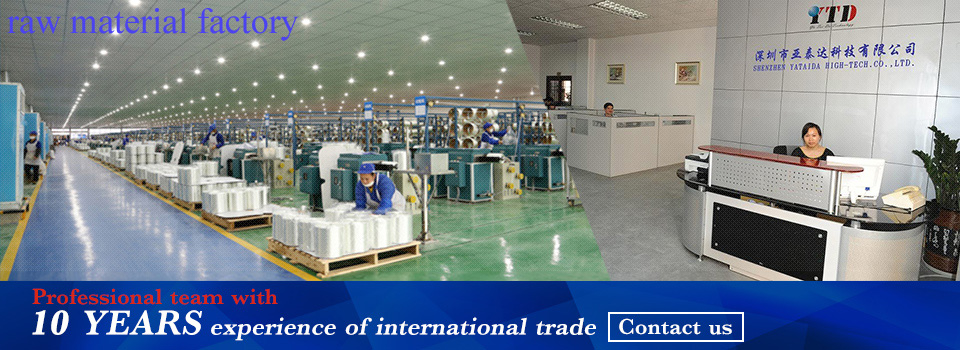
Glass Fibre/Fiber
By blending quarry products (sand, kaolin, limestone, colemanite) at 1,600°C, liquid glass is formed. The liquid is passed through micro-fine bushings and simultaneously cooled to produce glass fibre filaments from 5-24m in diameter. The filaments are drawn together into a strand (closely associated) or roving (loosely associated), and coated with a “size” to provide filament cohesion and protect the glass from abrasion.
By variation of the “recipe”, different types of glass can be produced. The types used for structural reinforcements are as follows:
E-glass (electrical) - lower alkali content and stronger than A glass (alkali). Good tensile and compressive strength and stiffness, good electrical properties and relatively low cost, but impact resistance relatively poor. Depending on the type of E glass the price ranges from about £1-2/kg. E-glass is the most common form of reinforcing fibre used in polymer matrix composites.
C-glass (chemical) - best resistance to chemical attack. Mainly used in the form of surface tissue in the outer layer of laminates used in chemical and water pipes and tanks.
E Glass Fibre Types
E Glass fibre is available in the following forms:
Strand - a compactly associated bundle of filaments. Strands are rarely seen commercially and are usually twisted together to give yarns.
Yarns - a closely associated bundle of twisted filaments or strands. Each filament diameter in a yarn is the same, and is usually between 4-13m. Yarns have varying weights described by their ‘tex’ ( the weight in grammes of 1000 linear metres) or denier ( the weight in lbs of 10,000 yards), with the typical tex range usually being between 5 and 400.
Rovings - a loosely associated bundle of untwisted filaments or strands. Each filament diameter in a roving is the same, and is usually between 13-24m. Rovings also have varying weights and the tex range is usually between 300 and 4800. Where filaments are gathered together directly after the melting process, the resultant fibre bundle is known as a direct roving. Several strands can also be brought together separately after manufacture of the glass, to give what is known as an assembled roving. Assembled rovings usually have smaller filament diameters than direct rovings, giving better wet-out and mechanical properties, but they can suffer from catenary problems (unequal strand tension), and are usually higher in cost because of the more involved manufacturing processes.
It is also possible to obtain long fibres of glass from short fibres by spinning them. These spun yarn fibres have higher surface areas and are more able to absorb resin, but they have lower structural properties than the equivalent continuously drawn fibres.
Keywords in the article: fiberglass chopped strand Milled E-glass fiber adiator plastic tanks red phosphorus potassium chlorate





